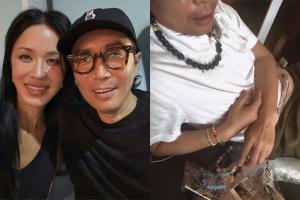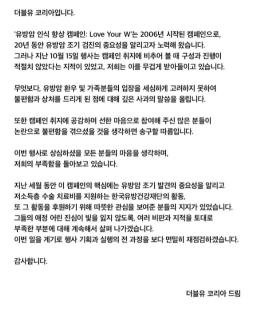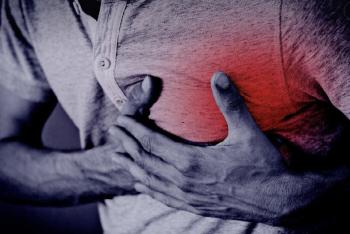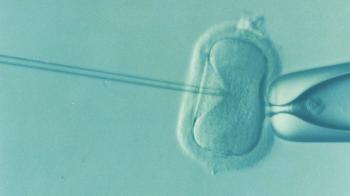The percentage of patients with Parkinson's disease's oriental medicine treatment increased by 65.6% over 10 years
Aug 04, 2025
|
The Spinal Joint Research Institute (Director Ha In-hyuk) of Jaseng Oriental Hospital announced on the 4th that it published a research paper analyzing the actual conditions and trends of oriental medicine treatment of Parkinson's disease patients in the SCI(E)-level international academic journal 「Healthcare (IF=2.4)」.
Parkinson's disease is a degenerative neurological disease caused by the gradual loss of nerve cells in the middle brain that secrete dopamine. Symptoms such as tremors, muscle stiffness, slow movement, posture instability, and walking disorders appear when stabilized, and non-motor symptoms such as cognitive impairment and depression are also accompanied.
Currently, surgical treatments such as dopamine-based drugs (rebodopa, MAO-B inhibitors, etc.) and deep brain stimulation (DBS) are being used in both rooms. However, long-term drug use raises side effects, and surgery can also be a burden on elderly patients. Therefore, oriental medicine treatment is attracting attention as a non-surgical alternative to relieve symptoms.
However, studies analyzing the current status of oriental medicine treatment for Parkinson's disease patients in Korea were very insufficient. In response, Kim Baek-joon, a research team at the Spinal Joint Research Institute of Jaseng Oriental Medicine, analyzed the trend of medical use for Korean and Western patients with Parkinson's disease in Korea for 10 years from 2010 to 2019 using the patient sample data (HIRA-NPS) of the Health Insurance Review and Assessment Service.
HIRA-NPS is health care big data derived by randomly extracting samples corresponding to about 3% of Korea's total population by gender, age, and class. The research team analyzed 18,562 people who were diagnosed with Parkinson's disease for 10 years and received Korean and Western treatment more than once.
As a result of the study, the proportion of Parkinson's disease patients who used oriental medicine more than once steadily increased from 6.4% in 2010 to 10.6% in 2019, and the proportion increased by about 65.6% over 10 years. In particular, based on the number of medical statements, oriental medical treatment has increased by about 4.9 times over 10 years, far exceeding the growth rate of both statements (1.7 times).
In the analysis by oriental medicine treatment category, acupuncture treatment accounted for 28.8% (18,806) of the total specification, and in terms of cost, it accounted for more than half (50.6%) of the total, showing the largest proportion. The cost of acupuncture treatment per case was estimated at about 20 US dollars. In addition, examination fees (18.6%), cupping (9.1%) and moxibustion (7.3%) were identified as major items for Parkinson's disease treatment.
In addition, results suggest that patients are actively choosing oriental medical treatment to control muscle and joint pain. As a result of analyzing actual medical injuries, 58.6% of the oriental medical treatment statements were found to be 'Musculoskeletal system and connective tissue diseases', and specifically, the most frequent injuries were 'Back pain (28.1%)'. In addition, various pain diseases such as other soft tissue disorders (8.3%), knee arthroplasia (5.2%), and shoulder lesions (4.1%).
Earlier in May this year, the SCI(E)-level international journal 『Journal of Clinical Medicine』 published a case report and literature review study that integrated oriental medicine is effective in improving symptoms of Parkinson's disease patients. Back pain and function of Parkinson's disease patients in their 70s, accompanied by deformities of spondylosis, were significantly improved, and the integrated treatment of oriental medicine was shown to be an effective treatment. In particular, the ODI (back dysfunction index; 0-100) decreased by more than half from 70 before treatment to 31 after treatment, and the NRS (pain number assessment scale; 0-100) also decreased from 50 to 40.
"This study is the first time to systematically analyze the status of oriental medicine treatment of Parkinson's disease patients in Korea using national health care big data," said Kim Baek-joon, an oriental medicine doctor. We found that many patients with Parkinson's disease use oriental medicine for musculoskeletal injuries"We hope that the results of this study will help establish and research medical policies for Parkinson's disease in the future."
|
This article was translated by Naver AI translator.















